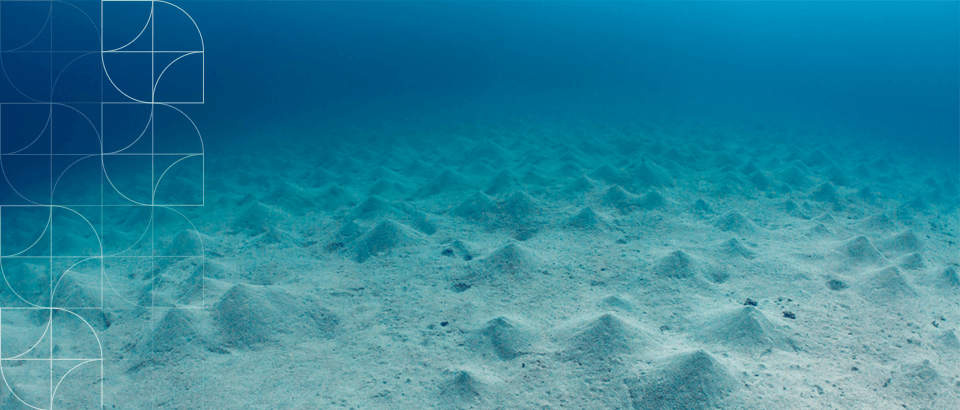Bottom lines for the bottom of the ocean

Bottom lines for the bottom of the ocean
Monday 7 December, 2020
Seabed mining is a controversial topic across the globe and New Zealand is no exception. The Court of Appeal’s recent decision about a proposal to mine and discharge to the seabed in the exclusive economic zone (EEZ) is a timely reminder that protecting the environment from pollution is an “environmental bottom line” when assessing applications for marine discharge consents.
Trans-Tasman Resources Limited (TTR), a mining company with an operation in the Taranaki Bight, applied to the Environmental Protection Authority for 35-year marine consents under the Exclusive Economic Zone and Continental Shelf (Environmental Effects) Act 2012 (the EEZ Act) to excavate the seabed for iron ore and also for marine discharge consents to discharge sediment back to the seabed.
Given the high level of public interest and complexity of the applications, the Environmental Protection Authority appointed a Decision-making Committee (DMC) to determine TTR’s application. After thousands of submissions and a lengthy hearing process, the DMC decided to grant the marine consents and marine discharge consents to TTR. The DMC decision was appealed by a number of the submitters to the High Court.
The High Court decided that the DMC was wrong to grant the consents to TTR because the nature of the conditions resulted in an “adaptive management approach”. Such an approach is prohibited for marine discharge consents. TTR appealed this judgement to the Court of Appeal.
The Court of Appeal agreed that the DMC decision did not adopt an adaptive management approach but held that it had made a number of errors in its decision, which the High Court had failed to identify:
- The DMC failed to consider the primary purpose when determining the marine discharge consents, which is to protect the environment from pollution. That purpose is a separate consideration from all other marine consent applications and must be considered as if it were an “environmental bottom line”.
- The DMC did not have sufficient information before it to grant the consents on the broad terms which it did.
- The DMC failed to recognise kaitiakitanga as an “existing interest”, which should have been considered in order for the decision to be consistent with the principles of the Treaty of Waitangi, as required by the EEZ Act.
- The effects of the marine discharge would drift into the coastal marine area. The DMC should have considered whether the effects of the applications were consistent with the outcomes of the Resource Management Act and the objectives of the New Zealand Coastal Policy Statement, including any relevant environmental bottom lines.
What next?
The Court of Appeal declined to dismiss TTR’s application and sent it back to the DMC to reconsider and address its initial errors. The DMC’s reconsidered decision might be very different from the original. This decision confirms that decision makers must uphold environmental bottom lines in legislation and should not grant consents based on insufficient information.
If you have any questions relating to this article, please contact one of our experts listed below.




